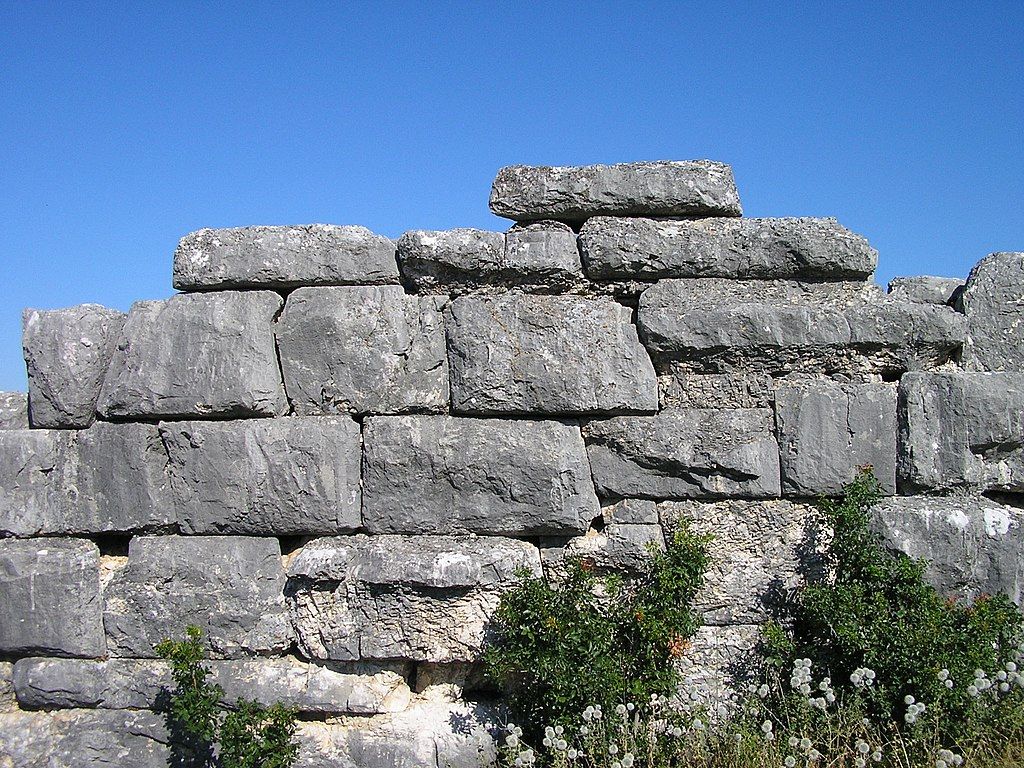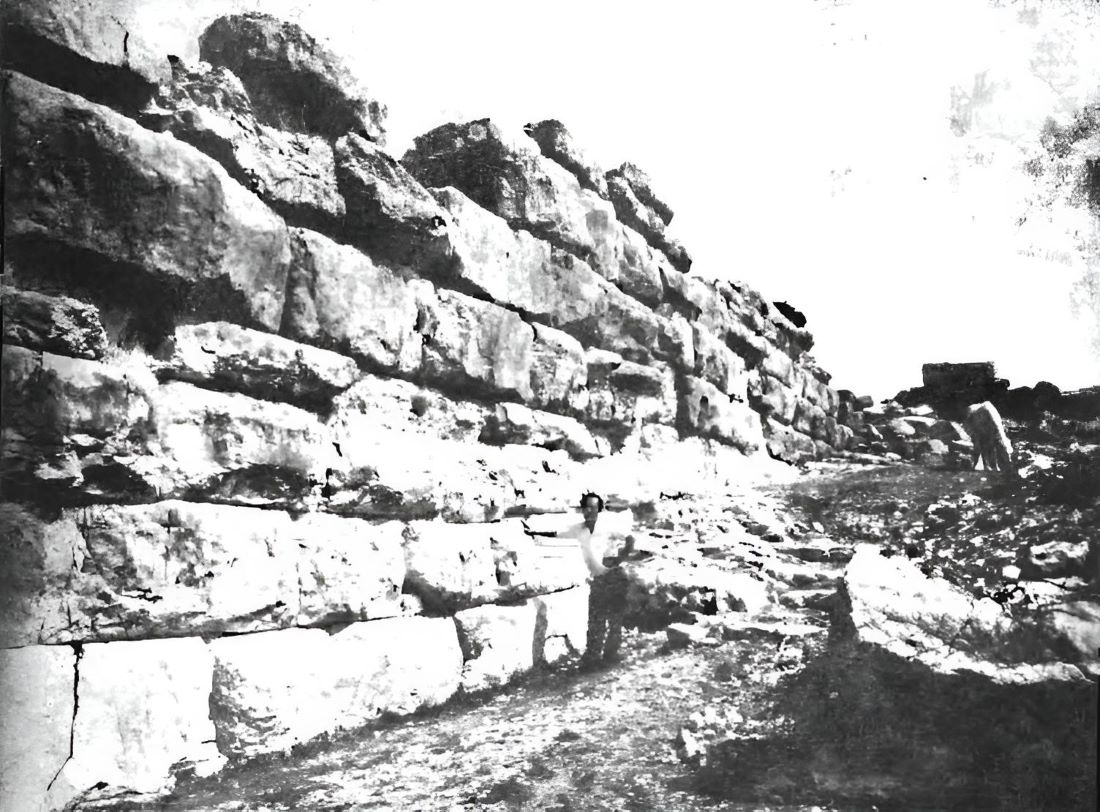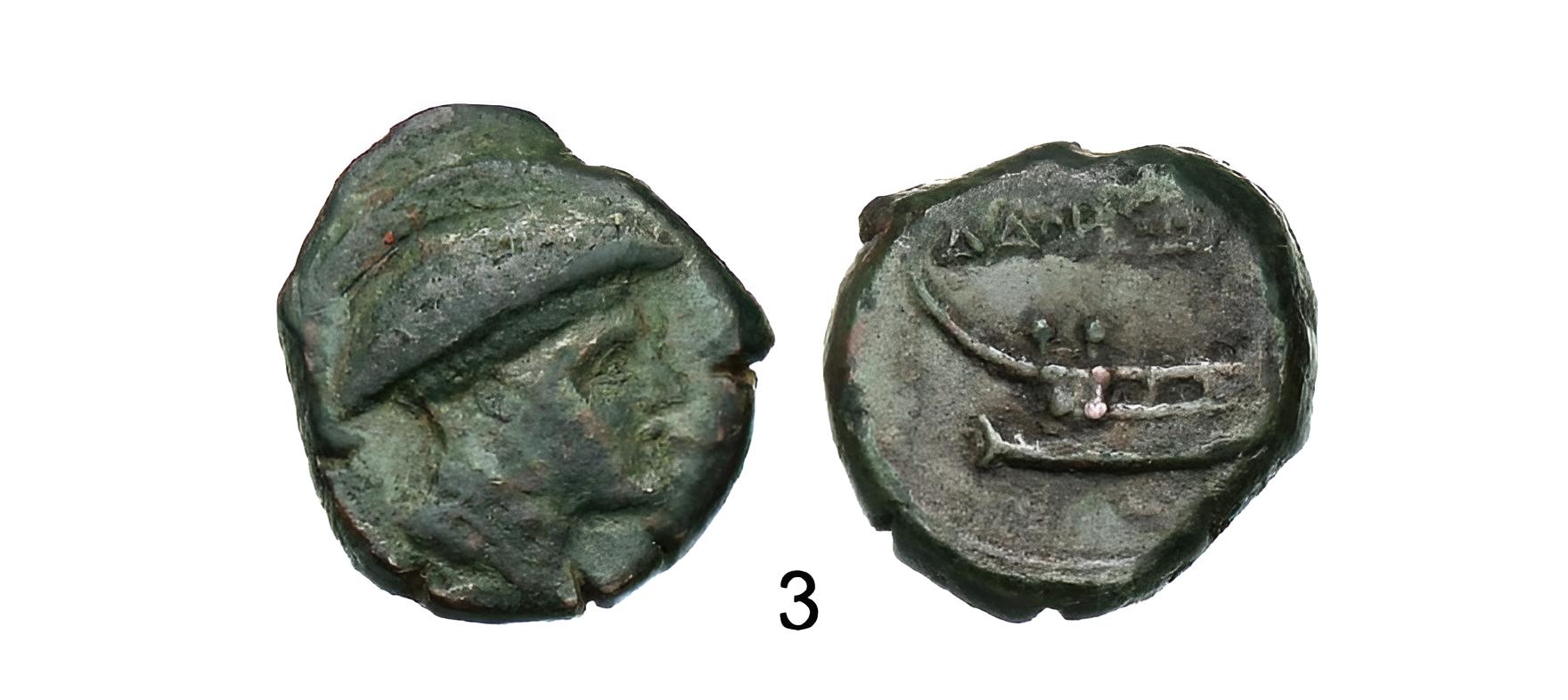Daorson was the capital of the Illyrian tribe of the Daorsi (Ancient Greek: Δαορσών) during the period between 300 BC and 50 BC. The Daorsi inhabited the Neretva River valley, where they came into contact with Greek traders, adopting many aspects of Greek civilization and resulting in a significant degree of Hellenization in Daorson. Following a peace treaty with Rome in 168/167 BC, the Daorsi began minting their coins. While Daorson existed during this specific period, the Daorsi continued to live in the region beyond this era and later established other main cities. The ruins of Daorson are located at Ošanići, near Stolac in Bosnia and Herzegovina.
The Rise of Daorson – The Story of the Daorsi Tribe
The Daorsi, an Illyrian tribe, was first mentioned by the ancient writer Hecataeus of Miletus (6th-5th century BC). They were one of the most prominent tribes in the southeastern Illyrian linguistic area, particularly in present-day Herzegovina. The Daorsi were heavily influenced by Hellenism, which led to an earlier transition from the older to the younger Iron Age, marking their protohistorical period. By the 2nd century BC, the Daorsi began minting their coins, which also showed the first traces of literacy in the region. These coins were modeled after Greek (Hellenistic) coins, similar to those produced by other Illyrian cities along the southern coast.

The influence of Hellenism on the Daorsi was significant, not only seen in their coinage but also in their adoption of Greek urbanism and culture. Unlike other Illyrian tribes in the interior, who continued to live under military democracy for a long time, the Daorsi experienced early social and political changes. These changes prepared them for a new way of life that was a blend of Latene culture in the North and Hellenistic culture in the South. The appearance of Greek imports, such as jewelry, weapons, and pottery, along with the emergence of new social-political relationships, indicated a profound cultural exchange. This led to the formation of the first tribal confederation in southeastern Illyria, which eventually evolved into the first Illyrian state in the 4th century BC, of which the Daorsi were a part. After the fall of the Illyrian state in 168 BC, the Daorsi allied with the Romans and gained freedom from tribute, further solidifying their status and independence during this transformative period.
The City of Daorson
Daorson, the capital of the Daorsi tribe, was a fortified settlement located on a plateau west of the village of Ošanići near Stolac. The city was strategically built with robust defensive structures, showcasing a synthesis of native and Greek architectural influences. The fortifications included massive stone walls constructed from large, carefully placed blocks, a technique likely introduced through contact with Greek settlers. The city featured a prominent acropolis, or Gradina, at its western end, fortified with impressive walls and watchtowers designed to protect against invasions.
The urban layout of Daorson was meticulously planned to leverage its natural surroundings for defense. The plateau provided a natural barrier, with steep cliffs on one side and fortified walls on the other, ensuring the city could only be approached from the east. Within the city, there were residential quarters, public spaces, and various buildings that suggest a complex social structure. The presence of a cistern indicates advanced planning for water storage, which is essential for sustaining the population during sieges. Additionally, the remnants of roads and communal spaces hint at a vibrant community life that thrived under the protective embrace of Daorson’s formidable walls.

One of the remarkable aspects of Daorson is the evidence of its economic activities, notably the minting of coins, which reflects a sophisticated level of trade and commerce. These coins, inscribed with Greek legends, were not only a medium of exchange but also a symbol of the city’s prosperity and its integration into the broader Hellenistic world. The architectural remains, including residential buildings and communal areas, suggest a community that valued both defense and daily life. The layout of the city, with its well-organized spaces, indicates a society that is both complex and highly functional, balancing the needs for security, commerce, and social interaction.
Daorson and Trade
The Daorsi tribe, centered around their capital Daorson, played a crucial role in the trade networks of the ancient Balkans during the Hellenistic era. Their territory, located along the lower course of the Neretva River, was strategically positioned to facilitate trade between the Mediterranean world and the indigenous communities of the interior. This advantageous location enabled the Daorsi to become key intermediaries, trading goods such as agricultural products, livestock, and ores. They imported Greek ceramics, amphorae, wine, oil, and luxury items. The economic prosperity of the Daorsi is reflected in the diverse archaeological finds at their central settlement in Ošanići, including numerous imported goods that indicate robust trade connections with southern Italy, Greece, Macedonia, and Greek colonies on the Adriatic coast.

A significant aspect of the Daorsi trade was their coinage, which dates back to the 2nd century BC. The Daorsi minted their bronze coins, which bore inscriptions in Greek and often depicted a man’s head on the obverse and a ship on the reverse. These coins were crucial for facilitating trade by providing a standardized medium of exchange. The high-quality artistic renderings on the coins, including realistic portraits and detailed images of ships, suggest sophisticated craftsmanship and economic organization. The coins were used both in local transactions and in broader trade networks, underscoring Daorsi’s integration into the Hellenistic economic sphere.

The Daorsi were also known for their maritime capabilities, which were vital for their trade activities. The ships depicted on their coins, both merchant and military, were integral to their economic success. Merchant ships were typically 10 to 15 meters long, with a carrying capacity of 10 to 18 tons, and could reach speeds of up to 8 knots. These ships transported local goods from the interior to the coast and beyond, facilitating the exchange of commodities. Military ships, approximately 15 meters long with a carrying capacity of 15 tons, ensured the security of the Neretva Channel and the river itself, protecting Daorsi trade routes from piracy. The advanced shipbuilding techniques and the strategic use of their naval fleet highlight the Daorsi’s adeptness in maintaining and expanding their trade networks.
The Fall of Daorson
The fall of Daorson marks a significant turning point in the history of the Daorsi. After the defeat of the Illyrian kingdom in 168 BC by the Romans, the Daorsi allied with Rome and were granted autonomy and exemption from tribute. However, this alliance did not protect them indefinitely. During the Roman-Dalmatae conflicts, Daorson faced numerous attacks and eventually succumbed to the pressures of war. Despite their initial prosperity under Roman favor, the city could not withstand the military campaigns that ravaged the region.
Following the destruction of Daorson, the Daorsi continued to exist within the Roman Empire’s administrative framework. They were organized into 17 dekuriae, or kinship groups, which functioned as basic societal units. This structure facilitated their integration into the Roman provincial system while preserving elements of their indigenous identity. The Daorsi maintained their presence in the area, contributing to local economies and participating in the broader Roman world. Their adaptation ensured their survival and legacy long after the fall of their once-great city.
Historical Challenge: Can You Conquer the Past?
Answer more than 18 questions correctly, and you will win a copy of History Chronicles Magazine Vol 1! Take our interactive history quiz now and put your knowledge to the test!

